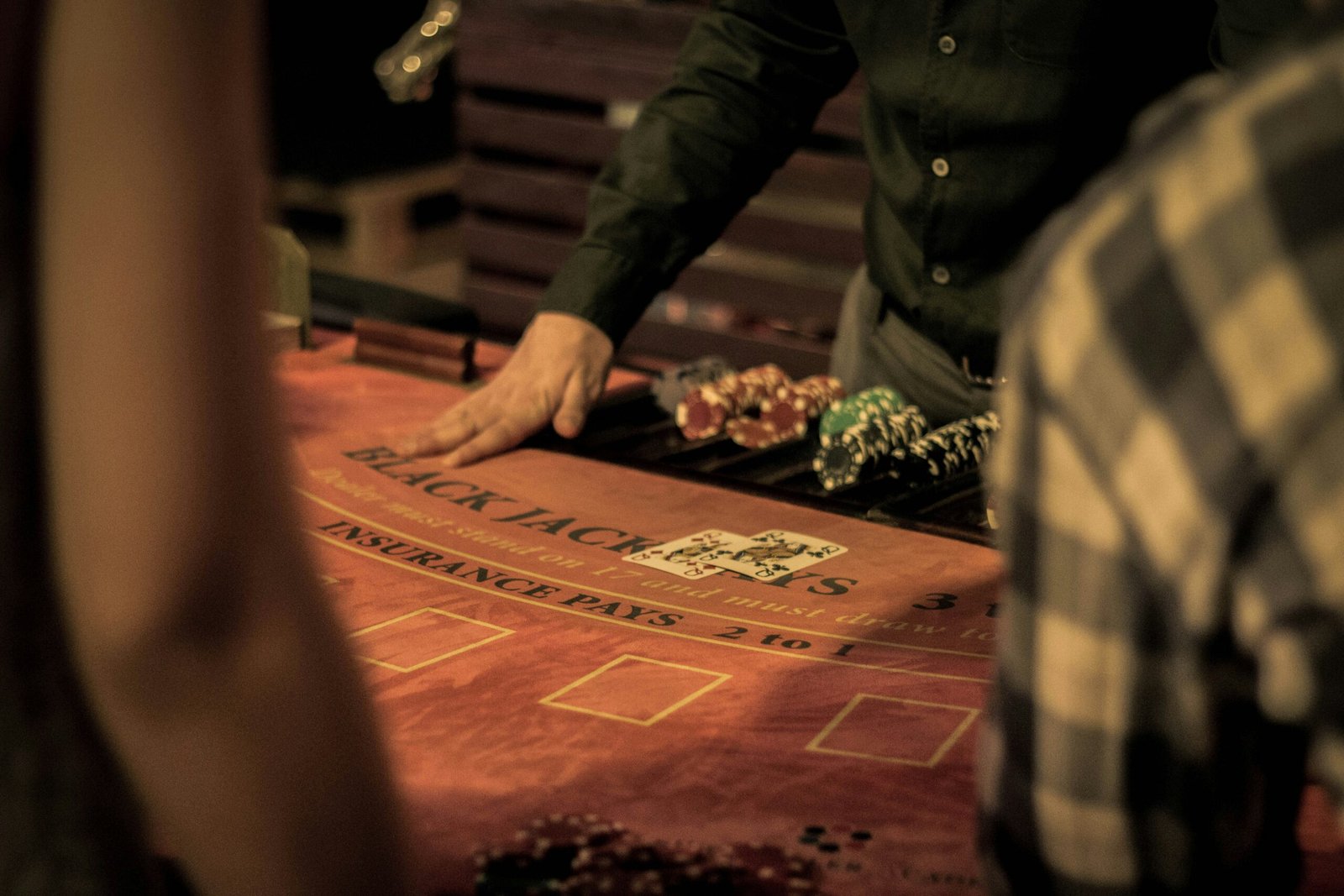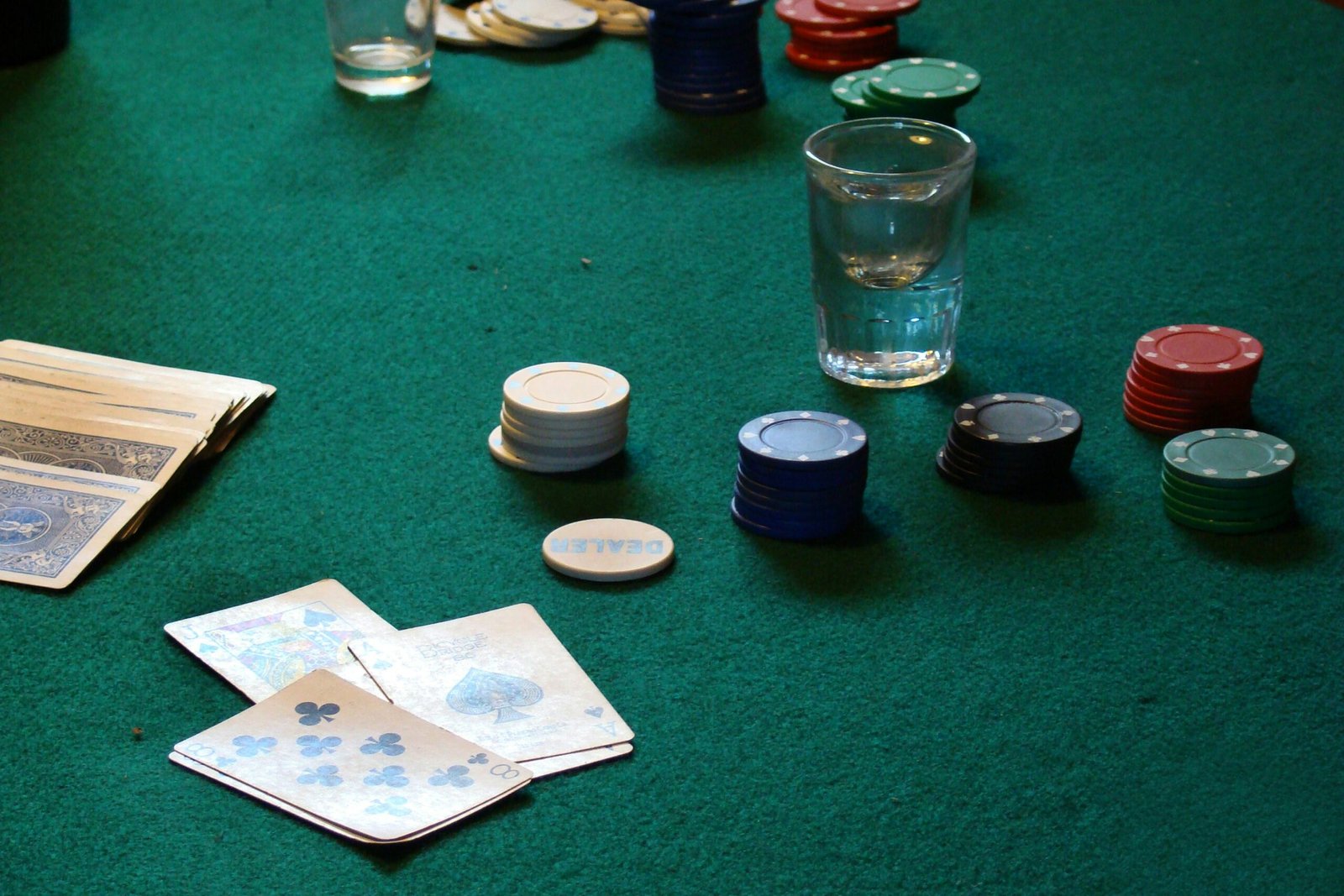The Epic Saga of the Longest Continuous Poker Game in History
Written by Pamela Jo Jones on December 4, 2024
The Origins of the Legendary Poker Game
The year 1881 marked a pivotal moment in the history of poker, as the longest continuous poker game commenced at the Birdcage Theater in Tombstone, Arizona. Established in the late 19th century, the Birdcage Theater quickly evolved into a prominent social hub amid the bustling life of the Old West. It offered not only entertainment but also a venue for gamblers and townsfolk to congregate. The theater’s saloon provided a perfect backdrop for informal gatherings, where conversation flowed as freely as the drinks.
The gathering of players that would participate in this historic poker game included a diverse mix of individuals, each bringing their own unique background and motivations. Notable figures such as Doc Holliday, a well-known gambler and dentist, and other prominent local personalities found themselves drawn to the game. These players were driven by a variety of factors, ranging from the allure of wealth to the thrill of competition. For many, poker represented not merely a pastime, but a means of establishing status within the community and navigating the uncertainties of frontier life.
In the context of the late 19th century, poker held significant cultural relevance. It served as a reflection of the distinctly American values of risk, reward, and self-reliance. The game was deeply ingrained in the social fabric of frontier society, embodying the spirit of adventure and the quest for prosperity in an often harsh environment. As players engaged in this long-term contest, they inadvertently contributed to the establishment of poker as an enduring element of American culture, foreshadowing its evolution into a beloved pastime that would transcend generations.
The Rules and Structure of the Game
The longest continuous poker game in history employed a variety of traditional poker rules, primarily based on the classic version of Texas Hold’em. This variant was favored not only for its popularity but also for its strategic depth, which sustained the interest of the players over an extended period. The rules featured standard gameplay components, including the small blind and big blind system, community cards, and betting rounds. However, unique house rules were introduced to accommodate the long duration of the game and to manage the rotating player dynamics effectively.
To maintain the integrity of the match, a structured schedule of player rotations was established. This involved setting maximum session lengths for each participant, which ensured that fresh players could join without disrupting the flow of the game. Regular intervals allowed for a turnover of participants while keeping the stakes and excitement high. This system was crucial, considering the game’s substantial length, lasting over eight years. Additionally, betting limits were defined to minimize the financial strain on individuals and maintain a consistent pace of play throughout the duration of this extensive tournament.
In terms of dispute resolution, a comprehensive approach was adopted. Players agreed upon a set mechanism to address any conflicts that arose during gameplay, ensuring that all participants felt respected and secure in their decisions. Disputes were often handled by a designated moderator, either a respected player or an external party, to mitigate bias and uphold fairness.
The physical setting of the Birdcage Theater significantly contributed to the game’s longevity. Initially designed as a venue for dramatic performances, adaptations were made to facilitate continuous poker play. The establishment featured comfortable seating, adequate lighting, and a dedicated area for storage, allowing players to maintain their chips and personal items securely. Regular maintenance ensured that the space could comfortably accommodate players and spectators alike, providing an engaging atmosphere that endured throughout the marathon of poker.
Key Players and Notable Moments
The longest continuous poker game in history featured a diverse cast of characters, each contributing their unique flair to the marathon contest. Among the key players was the legendary Jack “The Ace” Thompson, renowned for his aggressive betting strategy and charismatic personality. Thompson’s ability to read his opponents became a defining aspect of his gameplay. His penchant for dramatic bluffs earned him both admiration and animosity from fellow players, setting the stage for memorable interactions throughout the game.
Another notable figure was Sarah “The Shark” Williams, a strategic genius known for her keen analytical skills. Williams often took a measured approach, carefully calculating risks and rewards. Her steadfast demeanor contrasted sharply with Thompson’s fiery style, leading to a fierce rivalry that captivated spectators. Over the years, their clashes at the table resulted in several high-stakes confrontations, each imbued with palpable tension. One such moment occurred during an exceptionally long session when Williams executed a remarkable comeback after losing a significant amount of chips, only to ultimately outlast Thompson for a substantial win.
Relationships also flourished during this epic contest. For instance, players like Mike “The Joker” Anderson and Sam “Lucky Charms” Lee formed a camaraderie that was evident in their playful banter and strategic collaborations. Their supportive dynamic proved advantageous during challenging moments, as they often shared insights and tips to thwart the more aggressive players at the table. Players faced numerous dramatic events, from unexpected withdrawals to physical altercations ignited by high emotions. These moments of triumph and despair were critical to the narrative of the game, showcasing the intense psychological warfare that transpired over the years.
Ultimately, this lengthy poker game was as much about the connections and rivalries formed as it was about winning or losing. The stories of these players and the notable moments they contributed to the longest continuous poker game in history reflect the intricacies of the sport itself.
The Legacy of the Birdcage Theater Poker Game
The Birdcage Theater poker game, often regarded as the longest continuous poker game in history, left an indelible mark on both popular culture and the perception of gambling in America. This extraordinary event, held in Tombstone, Arizona, from 1881 to 1882, has been mythologized over the decades. Many narratives depict the game as emblematic of the Wild West, encapsulating the excitement, danger, and camaraderie inherent in poker culture at the time. The theater itself, once a hub for entertainment, transformed into a symbol of risk-taking and strategy, embodying the spirit of a vibrant era.
In literature, the legend of the Birdcage Theater poker game has been referenced numerous times, crafting a narrative that intertwines gambling with themes of luck and destiny. Various authors and filmmakers have drawn inspiration from the game, portraying it as a microcosm of broader societal values during the Wild West period. This mythologization often highlights not only the sheer duration of the game but also the characters involved—larger-than-life personalities whose narratives contributed to a burgeoning fascination with poker as a cultural phenomenon.
Moreover, the legacy of this historic poker game influences modern-day players and cultural perceptions of gambling. As poker has evolved, the Birdcage Theater has become a touchstone for players looking to understand the roots of their game. Its endless hours of gameplay remind contemporary enthusiasts of the endurance, patience, and strategy required to excel in poker today. Additionally, it emphasizes the social aspects of the game, reminding players that poker is not merely a contest of skill but also a shared experience that fosters connections among participants. In summary, the legacy of the Birdcage Theater poker game continues to reverberate, shaping how poker is viewed and played in modern contexts.





